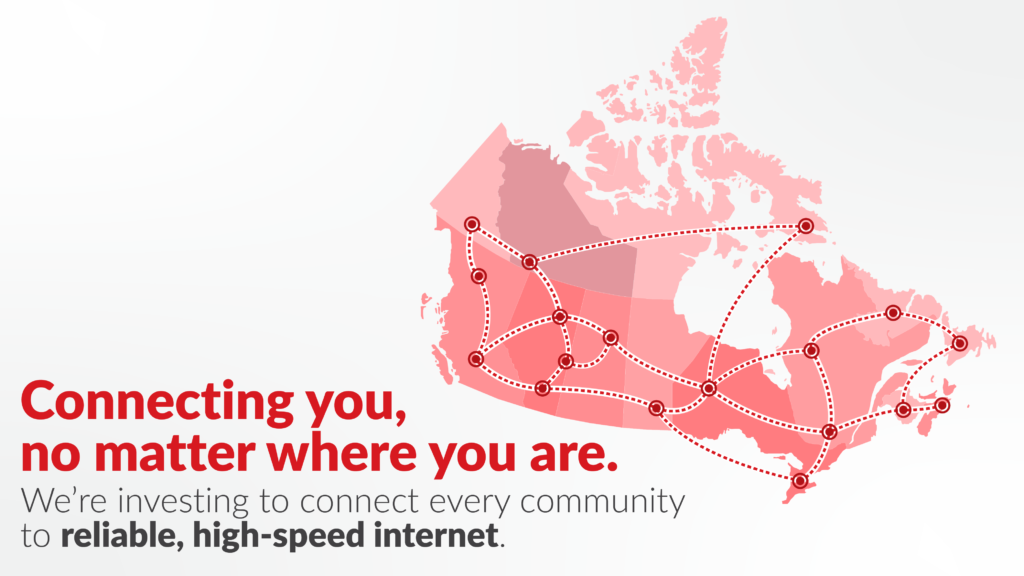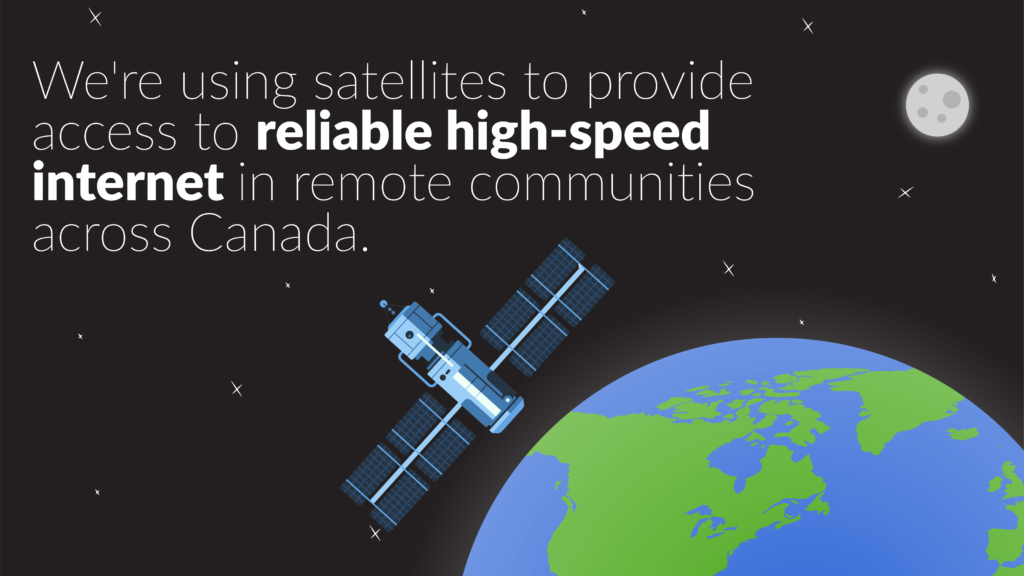
November 9th, 2020
Connecting all Canadians to high-speed Internet:
Consultations on a proposal to triple the licence-exempt spectrum available Wi-Fi to help Canadians gain access to a greater choice of affordable wireless broadband are open until January 19, 2021: Apply Here!
As we continue to deal with the global COVID-19 pandemic, Canadians have needed to rely on the Internet to help connect them to work, school, government resources, and loved ones. It’s how grandparents visit with their grandchildren, students communicate with their teachers and classmates, and businesses continue to sell their products. However, many communities across Canada still don’t have the infrastructure needed to connect us to one another. That’s why the Government of Canada is working to ensure all Canadians have access to fast and reliable Internet, no matter where they live.
Today our government announced an investment of $1.75 billion to help connect Canadians to high-speed Internet across the country, grow businesses, and create jobs.
- This investment will connect 98% of Canadians across the country to high-speed Internet by 2026, with the goal of connecting all Canadians by 2030.
- Access to quality, high-speed Internet was essential prior to the pandemic, and COVID-19 has further highlighted the importance of connectivity, and accelerated the need to connect all Canadians.
- Whether you are working from home, learning online, or accessing health services, being connected is an essential part of life in every corner of this country.
- Today we announced an investment of $1.75 billion to help connect Canadians to high-speed Internet across the country, grow businesses, and create jobs.
- This program will help us to connect 98% of households by 2026, with the goal of connecting all Canadians by 2030.
- As part of this announcement, we’re also committing $600 million to secure low-earth-orbit satellite capacity through Telesat, in order to provide high-speed Internet to the most rural and remote parts of Canada
- Since 2015, our government has approved programs and projects that will connect 1.7 million Canadian households to better, faster Internet. That’s four times as many households than the previous government connected under their signature program.
- We have invested nearly ten times more to connect Canadians to high-speed Internet than all previous government investments combined.

Background:
- The Universal Broadband Fund was announced in Budget 2019. It is part of a series of federal investments made to improve access to high-speed Internet, which are expected to connect nearly 400,000 additional households by the end of 2023.
- The Universal Broadband Fund will also allocate $50 million of its total budget for mobile Internet projects that primarily benefit Indigenous peoples. This includes projects along highways and roads, and in Indigenous communities, where mobile connectivity is lacking.
- The Government of Canada has already made significant progress toward its goal of connecting all Canadians to high-speed Internet by 2030, by supporting projects and programs that will connect 1.2 million Canadian households over the next few years.
- The Government of Canada will work with partners to provide all Canadians with at least 50 megabits per second download speeds and 10 megabits per second upload speeds, no matter where they are in the country. These speeds will allow Canadians to telework, participate in e-learning, and access telehealth resources.
- The Canada Infrastructure Bank recently announced a $2 billion broadband initiative as part of the Growth Plan. This initiative will help connect approximately 750,000 homes and small businesses to broadband in underserved communities, so Canadians can better participate in the digital economy.
- Telesat Canada was established as a Crown Corporation in 1969, and is now a Canadian-controlled privately held corporation. It has employees in five provinces and one territory, and several countries around the world, and is the world’s fourth largest satellite operator.
- Satellites in low-earth-orbit operate 36 times closer to the earth than traditional communications satellites. This means they take less time to send and receive information, leading to better and faster broadband service, including in rural, remote, and northern areas.







